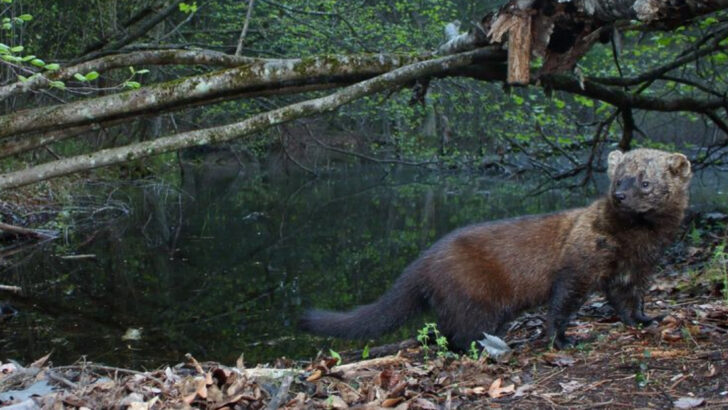Fisher cats are on the move—and they’re not asking permission.
These fierce, fuzzy predators are sneaking into places no one expected.
Suburbs. Beaches. Even city parks.
Places where spotting one feels more like a glitch in the ecosystem than a natural event.
They look like someone stretched a weasel and gave it attitude.
But don’t be fooled by the cute face—these guys are sharp-clawed, tree-scaling, chicken-stealing machines.
And now they’re showing up in some truly bizarre locations.
Curious? You should be.
Because the fisher cat’s comeback tour is wild, sneaky, and full of surprises.
Let’s follow the paw prints.
Suburban Backyards
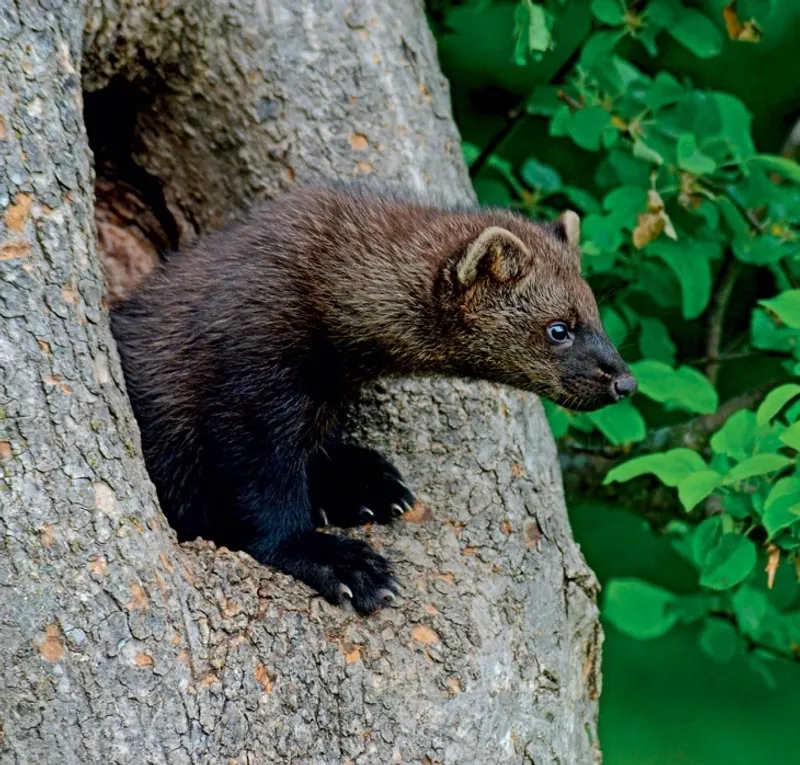
In an unexpected turn, fisher cats have started appearing in suburban backyards. These curious creatures find the abundance of small prey irresistible. Residents are baffled by their presence, wondering how these fierce hunters adapted to suburban life.
With gardens providing ample hiding spots, fisher cats seem to have adapted well to their new environment. Homeowners are advised to secure pets and food sources. The sight of a fisher cat in the backyard, once unthinkable, is becoming less rare.
Their nocturnal habits allow them to roam under the cover of night, avoiding human interaction.
Urban Parks
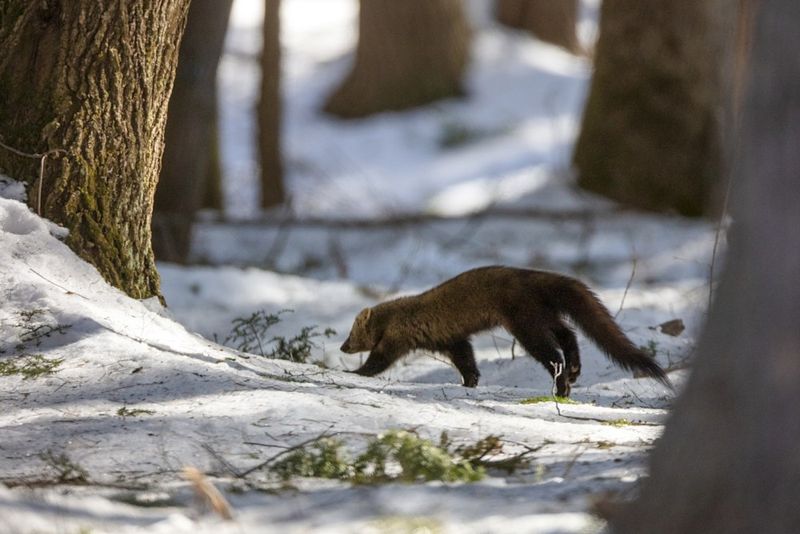
Sightings of fisher cats in urban parks have left residents intrigued. Urban parks, with their green spaces and wildlife, offer a surprising refuge. These parks provide an unlikely habitat, blending nature with city life.
The fisher cats’ presence raises questions about urban wildlife adaptations. Observers spot them darting through shadows, adding a mysterious allure to city nights.
Parks now serve dual roles, as relaxation spots for humans and hideouts for fisher cats. This unlikely cohabitation highlights their adaptability and resourcefulness in finding new territories.
Golf Courses

Imagine spotting a fisher cat on a golf course, weaving between sand traps and putting greens. This unusual sight has become more common. Golf courses, with their sprawling lawns and wooded edges, create alluring habitats.
Fisher cats utilize the quiet, expansive spaces to hunt small animals. The manicured landscapes contrast with their elusive nature, offering a unique blend of sport and wilderness.
Golfers often share tales of unexpected encounters. This interaction of leisure and wildlife showcases the fisher cats’ surprising adaptability to open, man-made environments.
Rural Farmlands

Fisher cats have been reported prowling rural farmlands, setting farmers on alert. These agile hunters are drawn to farms for the same reason as other wildlife: food availability.
Farm fields, with their crops and livestock, attract more than just the regular pests. The fisher cat’s presence adds an unexpected layer of wildlife diversity. Farmers are learning to balance livestock protection with coexistence.
Their appearance in farmlands symbolizes the fine line between human activity and natural ecosystems, reminding us of the interconnectedness of our environments.
Mountain Resorts
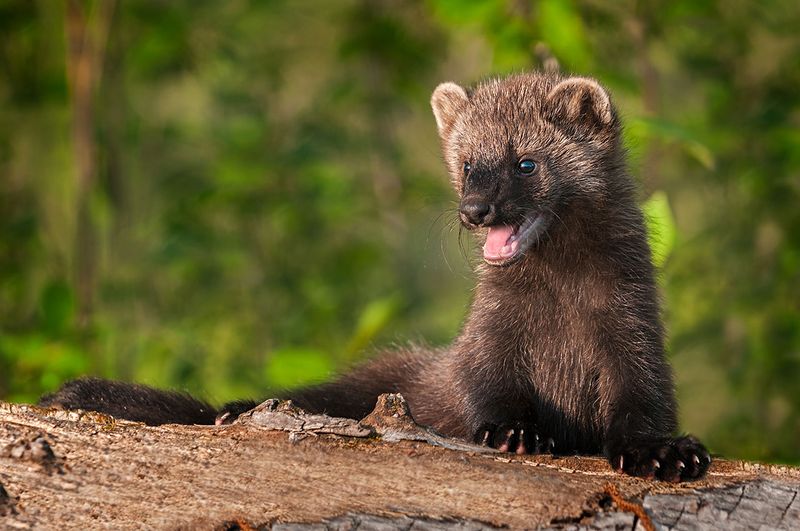
Mountain resorts, typically known for recreation, have unexpectedly become home to fisher cats. Visitors are charmed by these animals’ rare appearances against snowy backdrops.
The dense forests and sparse human population in mountain areas offer ideal conditions for these solitary creatures. Resort guests often spot them near lodges, adding an element of wild curiosity.
This unexpected blend of tourism and wildlife provides a unique experience, highlighting the fisher cats’ ability to thrive even in recreational areas.
Coastal Cliffs
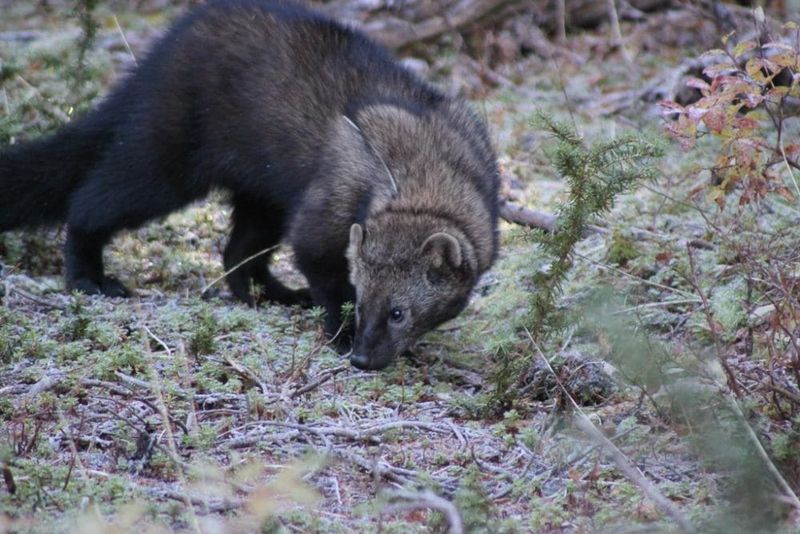
Coastal cliffs, rugged and dramatic, have started hosting fisher cats. This unusual setting offers a striking landscape for these forest dwellers.
The cliffs provide an exciting challenge for their climbing abilities, while the surrounding areas offer ample hunting opportunities. The combination of ocean views and fisher cat sightings makes for an unforgettable sight.
Their presence on the coastlines underscores their versatility in adapting to diverse terrains, far from their traditional forest habitats.
Desert Outskirts

Desert outskirts, arid and sparse, are the last place one might expect to find a fisher cat. These adaptable predators surprise observers as they navigate the dry landscapes.
While deserts pose challenges, the fringes offer unique opportunities. With prey and shelter available, fisher cats demonstrate their resilience in harsh conditions.
Their presence illustrates an impressive ability to adjust to extreme environments, showcasing their versatility and survival instincts far from familiar woodlands.
Wetland Reserves
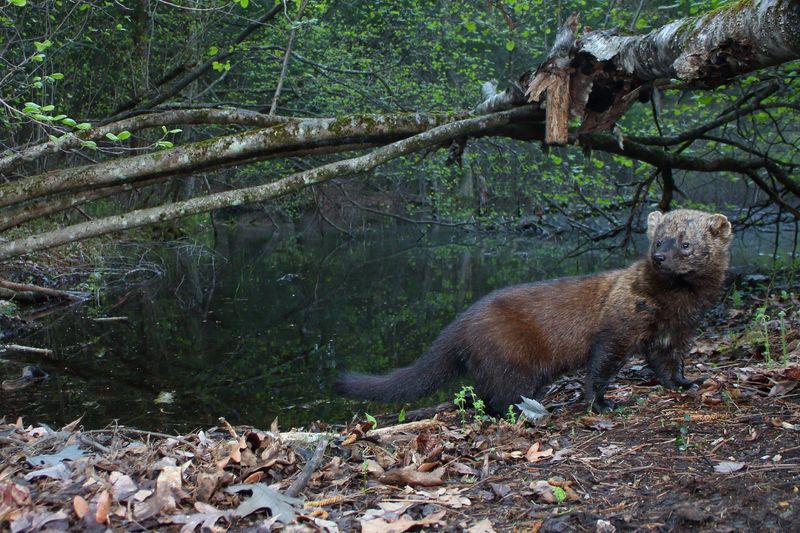
In an unexpected twist, fisher cats have been sighted in wetland reserves. These water-rich areas provide a unique habitat, teeming with life and resources.
The rich biodiversity allows fisher cats to explore new prey options, blending their terrestrial hunting skills with aquatic environments. Visitors to these reserves are often surprised by their sightings.
Wetlands highlight the fisher cats’ adaptability, thriving in environments that merge land and water, bridging ecosystems.
Abandoned Buildings
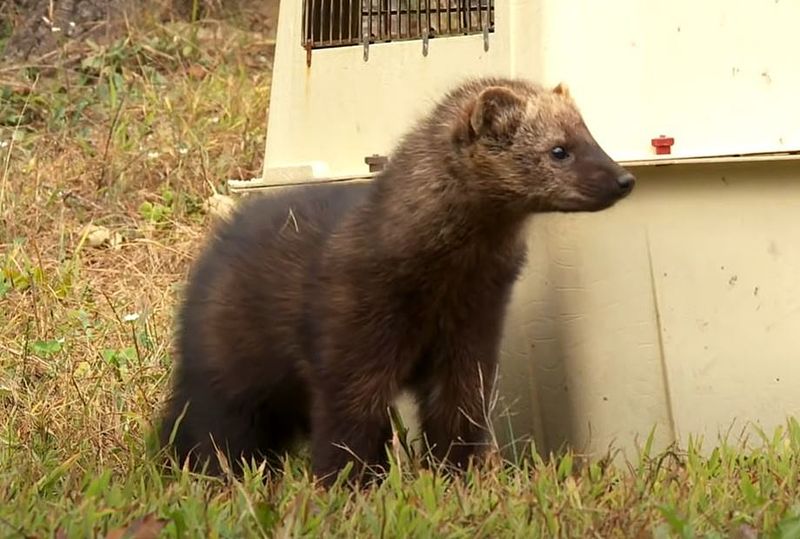
Abandoned buildings, often seen as urban decay, have become unexpected shelters for fisher cats. These structures provide shelter and hunting grounds.
The quiet, undisturbed environment offers a refuge amidst urban noise, allowing fisher cats to retreat from daily disturbances. Their nocturnal activities blend seamlessly with these deserted spaces.
This adaptation showcases their resourcefulness in exploiting human-made environments, finding opportunities where others see neglect.
Railway Tracks

Railway tracks, symbols of human progress, have turned into unexpected paths for fisher cats. These linear landscapes offer unique travel routes and hunting grounds.
The areas adjacent to tracks often teem with wildlife, providing ample opportunities for foraging. Observers are often surprised by the sight of fisher cats darting along tracks.
Their presence reflects an interaction between urban infrastructure and wildlife movement, creating a fascinating blend of nature and technology.
Industrial Zones
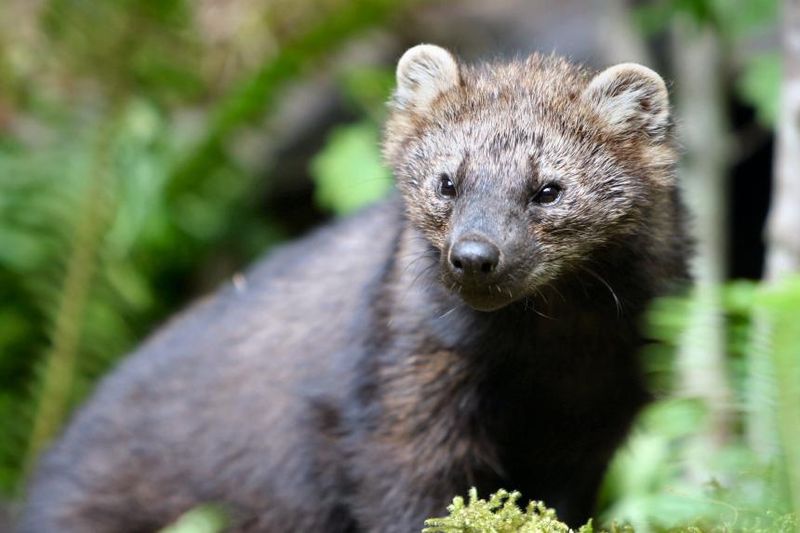
Industrial zones, typically bustling with activity, have surprisingly become fisher cat territories. These areas offer hidden pockets of nature amidst concrete and machinery.
The edges of industrial zones often harbor small ecosystems, attracting these predators. Their ability to adapt to such environments highlights their survival instincts.
This unexpected habitat choice underscores the complexity of urban wildlife dynamics, where nature finds ways to coexist with industry.
Cemetery Grounds

Cemetery grounds, typically serene, now host the occasional fisher cat. These quiet places offer undisturbed peace, attracting the elusive creatures.
The combination of open spaces and tree coverage provides an ideal habitat for roamers like fisher cats. Visitors might catch a glimpse of them among the gravestones.
This setting adds an eerie, yet fascinating twist, as life and death intertwine in unexpected ways, illustrating nature’s adaptability.

